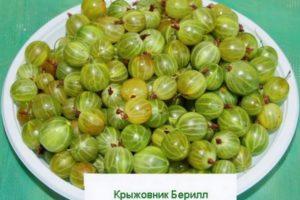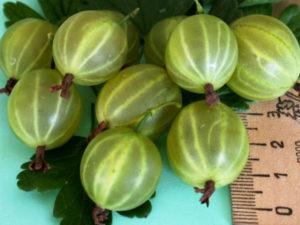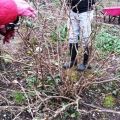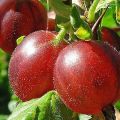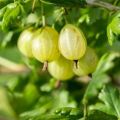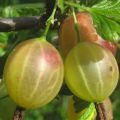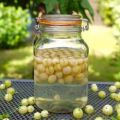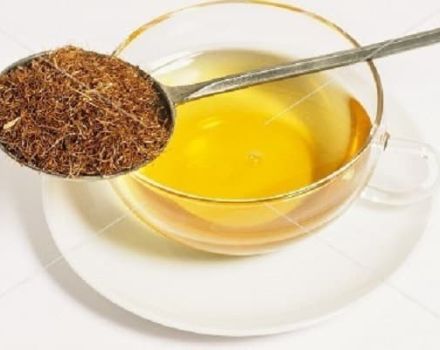Description and characteristics of the gooseberry variety Ural emerald, planting and care
Gooseberries Ural emerald ripen early. The variety was bred for Siberian gardeners. Bushes winter well. In summer they do not require much maintenance. The taste of the berries is highly appreciated. Ripe gooseberry pulp contains vitamins, tannins, pectins. Berries are healthy fresh and processed. They remove radionuclides from the body.
The history of the selection of the Ural emerald
The breeding work was carried out on the basis of the South Ural Scientific Research Institute of Horticulture and Potato Growing. During hybridization, V.S.Ilyin used the forms Nugget, Pervenets Minusinsk.
Ural emerald is used as a parent form to create new hybrids. On the basis of the South Ural Research Institute, with his participation, gooseberry varieties were obtained:
- Ozersky;
- Beautiful.
The variety was tested, in 2000 it was added to the State Register. The form is recommended for amateur and industrial gardening, intended for the regions of Western Siberia.
General description of the variety
The Ural emerald is early in maturity. After planting, it begins to bear fruit in the 3-4th year. The life span of the bushes is 15 to 20 years.
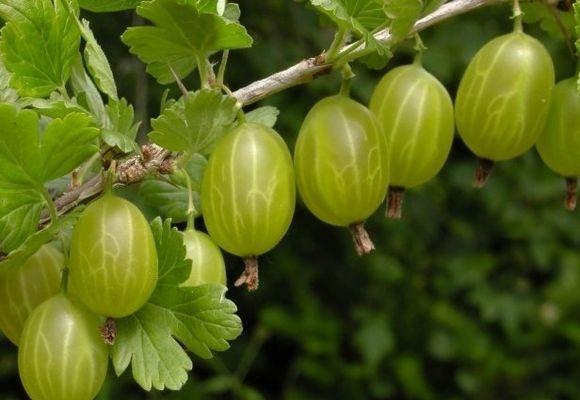
Features of yield and characteristics of berries
The variety is partially self-fertile (40%). Productivity is increased by planting pollinators nearby. For the Ural emerald, a hybrid of the Ural selection Beryl and the Commander gooseberry is suitable.
Other varieties of gooseberries are also used, blooming at the same time as the Ural emerald.
About 5 kg of berries are harvested from one adult bush. Productivity directly depends on age. The collection falls in the middle of summer. The berries ripen from late June to mid-July. You need to collect them as they ripen. When overexposed on the bushes, they crumble, bake in the sun. The yield of industrial gardens is 87.8 c / ha.
The berries are round-oval with a thin emerald green skin without pubescence. The size is medium or large (3.5-7.5 g). There are few seeds in the pulp. It tastes sweet and sour, juicy. The taste is rated at 5 points. The use of fruits is universal.

Hive and root parameters
Bushes are dense, medium-sized, moderately spreading. The average height is 1.5 m. The roots are well developed, reaching a depth of 40-60 cm.Shoots of the current year are green, lignified - light brown. Branches are covered with thorns along their entire length, but not often. They are of medium length, extend from the shoot at an angle of 90 °, and are colored light brown.
The bushes are densely covered with medium, small, large five-lobed leaves of dark green color.
The surface of the leaf plate is wrinkled, shiny, concave along the central vein. Flowers are single, large, bright pink. They are bisexual.
Frost and drought resistance
It does not tolerate drought well, it needs regular watering. Stop them 2 weeks before picking berries. The frost resistance (-35 ° C) declared to producers is confirmed by the variety. At lower temperatures, the bushes freeze slightly.
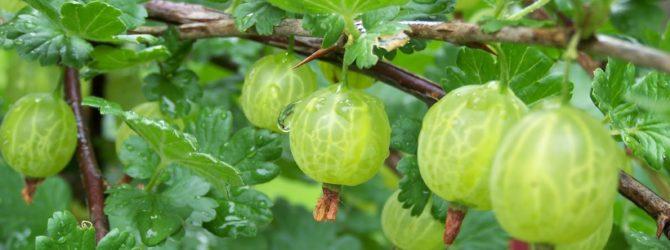
Diseases and pests of the variety
The description of the variety indicates the genetic resistance of the Ural emerald to fungal infections. Bushes get sick if they were planted in the shade or on an area with a high groundwater table. Unfavorable summer weather (heat) and lack of regular watering cause diseases:
- septoria;
- anthracnose;
- powdery mildew.
Of the pests, the emerald gooseberry is attacked by the goldfish, aphid, and the spider mite.
Pros and cons: is it advisable to plant a crop on the site?
The bushes are not very large, so the yield is low. In some years, it can decrease by almost half. This is the only drawback of the variety.
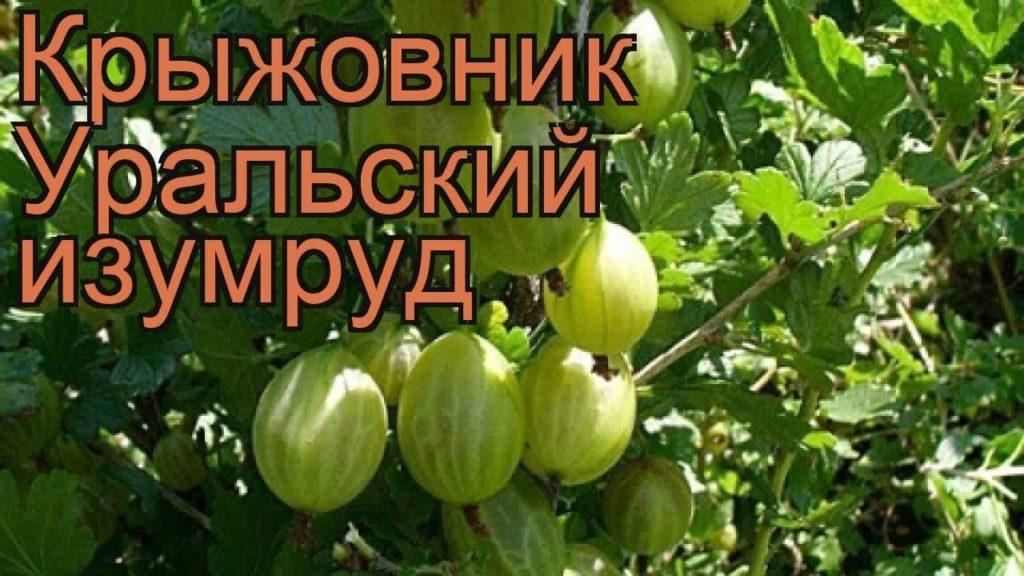
Among the advantages of the Ural emerald are:
- high taste and market characteristics of berries, their transportability, keeping quality, versatility;
- high winter hardiness, the variety is adapted to the harsh climate;
- a small number of thorns;
- early ripening of the crop;
- self-fertility;
- stable immunity.
For which regions is emerald gooseberry suitable
Gooseberry frost resistance allows growing the variety throughout Siberia. Seedlings of early ripening gooseberries are in demand among gardeners in Eastern Siberia. Good harvests are obtained in the republics of Sakha, Buryatia, Tuva, Khakassia. It is grown in the Zabaikalsky, Krasnoyarsk Territories, in the Irkutsk Region.
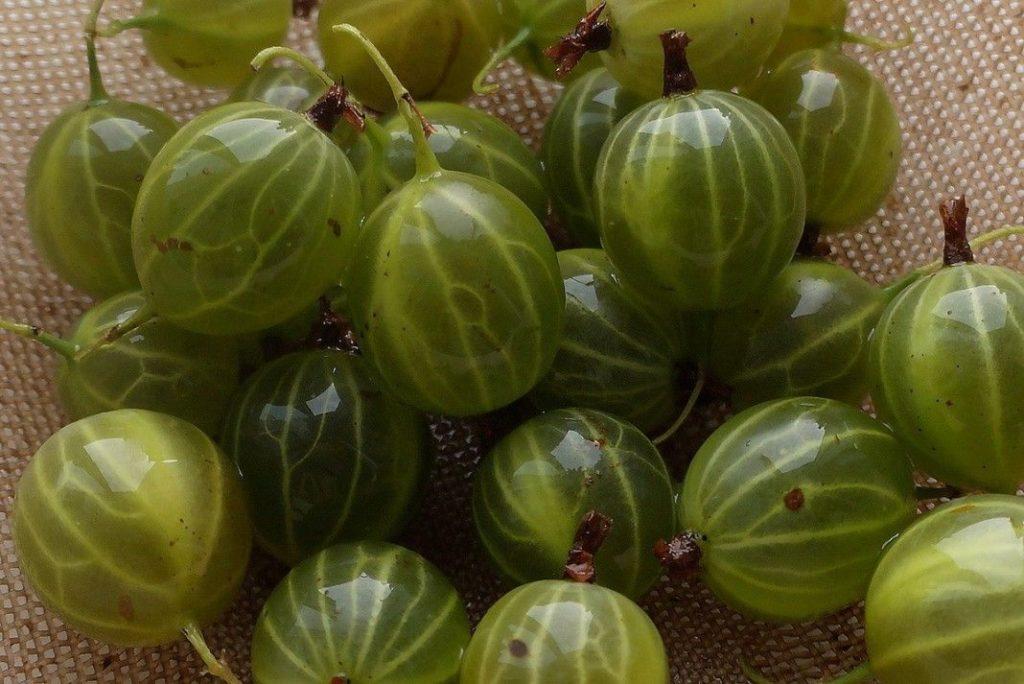
The variety is grown in the climatic conditions of the West Siberian region in the Tyumen, Tomsk, Omsk, Kemerovo regions and in the Altai Territory. The variety is of commercial importance, it is grown in amateur and industrial gardens.
Landing technology
The bushes are medium in size, they can be planted at intervals of 1.7 m. The taste of the berries will depend on the choice of location.
Choosing the best place and high-quality seedling
Heavy, acidic soils are not suitable. A seedling of the Ural emerald will not grow on them. It is not suitable for places where melt or rainwater stands for a long time, groundwater lies close to the surface (<1.5 m). Gooseberries grow better in the sun than in the shade. He reacts poorly to drafts.
In partial shade, the variety grows, but in this case the berries are smaller and less sweet. When choosing a seedling, you need to assess its condition. It should have a dry root system, 2-3 shoots at least 25 cm long. They should not have cracks, traces of the disease.

Time and step-by-step instructions for disembarkation
Seedlings with a closed root system are transplanted to a permanent place at any convenient time, they easily tolerate transplanting even during flowering. Plants with an open root system are planted in spring or autumn (late September). A variety for Siberia, so a spring planting is preferable.
Landing Algorithm:
- the soil is dug up, 1 liter of ash, 1 bucket of humus are introduced for each square meter;
- 10 days before landing, they are preparing a landing pit, its diameter is 0.5 m, depth is 0.5 m;
- if the soil is clayey, 10 cm of crushed stone or pebbles are poured onto the bottom;
- prepare the soil for backfilling the pit, add 2 buckets of humus, 40 g of potassium sulfate, 250 g of superphosphate to the fertile soil taken from the upper layer, pour it in the form of a mound into the center of the pit;
- the roots of the seedling are spread on the sides of the mound, evenly covered with fertile soil mixed with fertilizers, carefully tamped;
- pour 1 watering can of water, wait for the water to leave, fill up the earth if necessary, the seedling must be buried to the point where the shoots join the roots (to the point of growth).
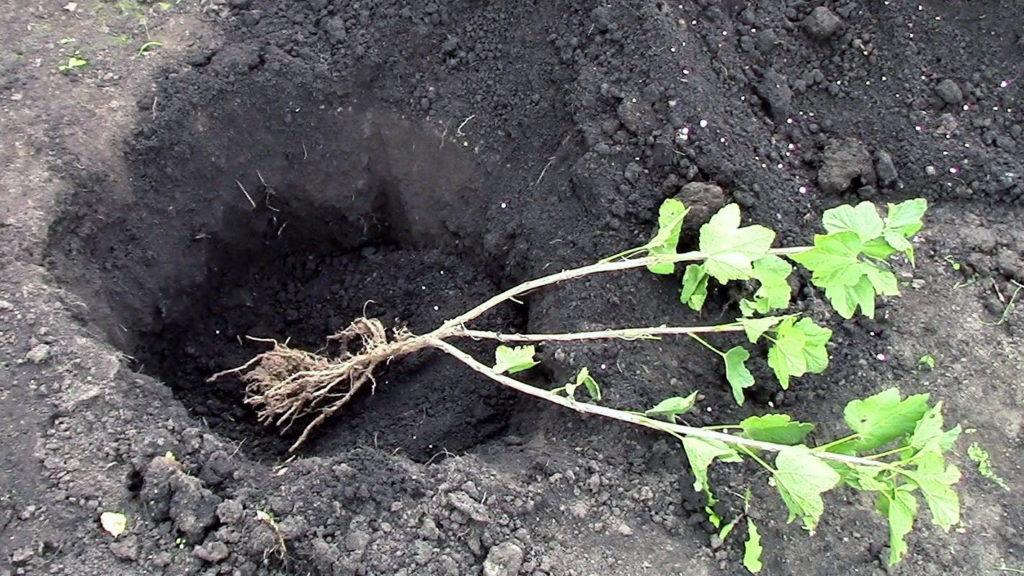
The hole is watered, mulched with peat or humus.
Competent plant care
The yield, the taste of berries and the life span of the bush depend on the quality of agricultural technology.
Irrigation
The gooseberry loves moisture; in the heat it is watered regularly. For one watering of the bush, 2-3 buckets of water are consumed. 3 irrigations are required:
- before flowering;
- during the ripening period of berries;
- before frost.
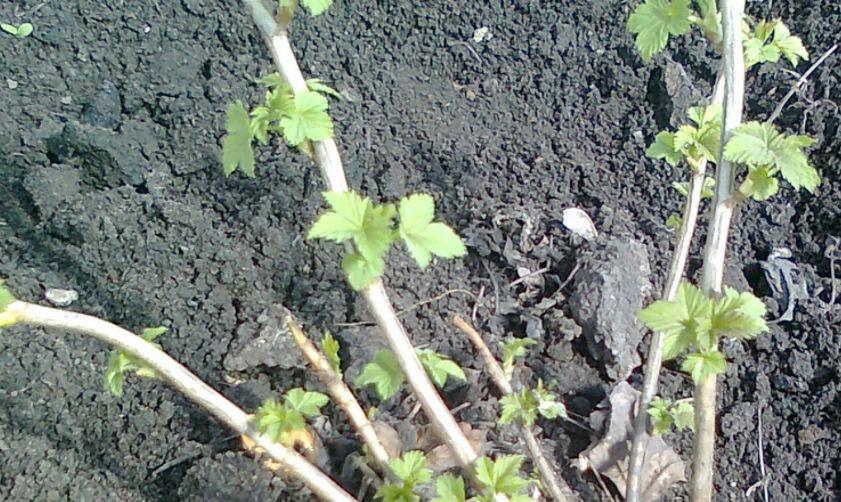
We fertilize correctly
The Ural emerald is fed 3 times. In the spring, humus and simple mineral fertilizers are applied in dry form. The second feeding is carried out during the flowering period. With normal growth, up to 100 g of potassium-phosphorus fertilizers are applied, with a weak growth (up to 20 cm), urea is added 30 g / m². In autumn, the bushes are watered with a superphosphate solution (20-100 g per 10 l).
Pruning features
Pruning is carried out on 4-5-year-old bushes. Its purpose is to thin out the crown, remove old branches (2-3 per year), rejuvenate the bush, and increase productivity. A properly formed bush consists of 10-15 shoots.

Hilling
The land around the bushes needs to be shallowly loosened. After watering, mulch with humus or peat.
Disease prevention
From powdery mildew, the bushes are treated with the preparations "Fundazol", "Fitosporin" or a 3% solution of ferrous sulfate. Treatment and prevention of anthracnose and septoria is carried out by spraying with copper sulfate. For 10 liters of water, take 100 g of the product. The first time the bushes are treated when symptoms of the disease are detected, the second time - at the end of summer.
Do gooseberry bushes need to be prepared for winter
The soil under the bushes is freed from leaves, dug up. Damaged branches are cut. Water and fertilize abundantly. Moisture-charging watering protects the roots from frost. Fertilizers containing phosphorus increase frost resistance. Trunk circles are mulched with peat or humus. The layer thickness is not less than 10 cm. In winter, the bushes are covered with snow.
